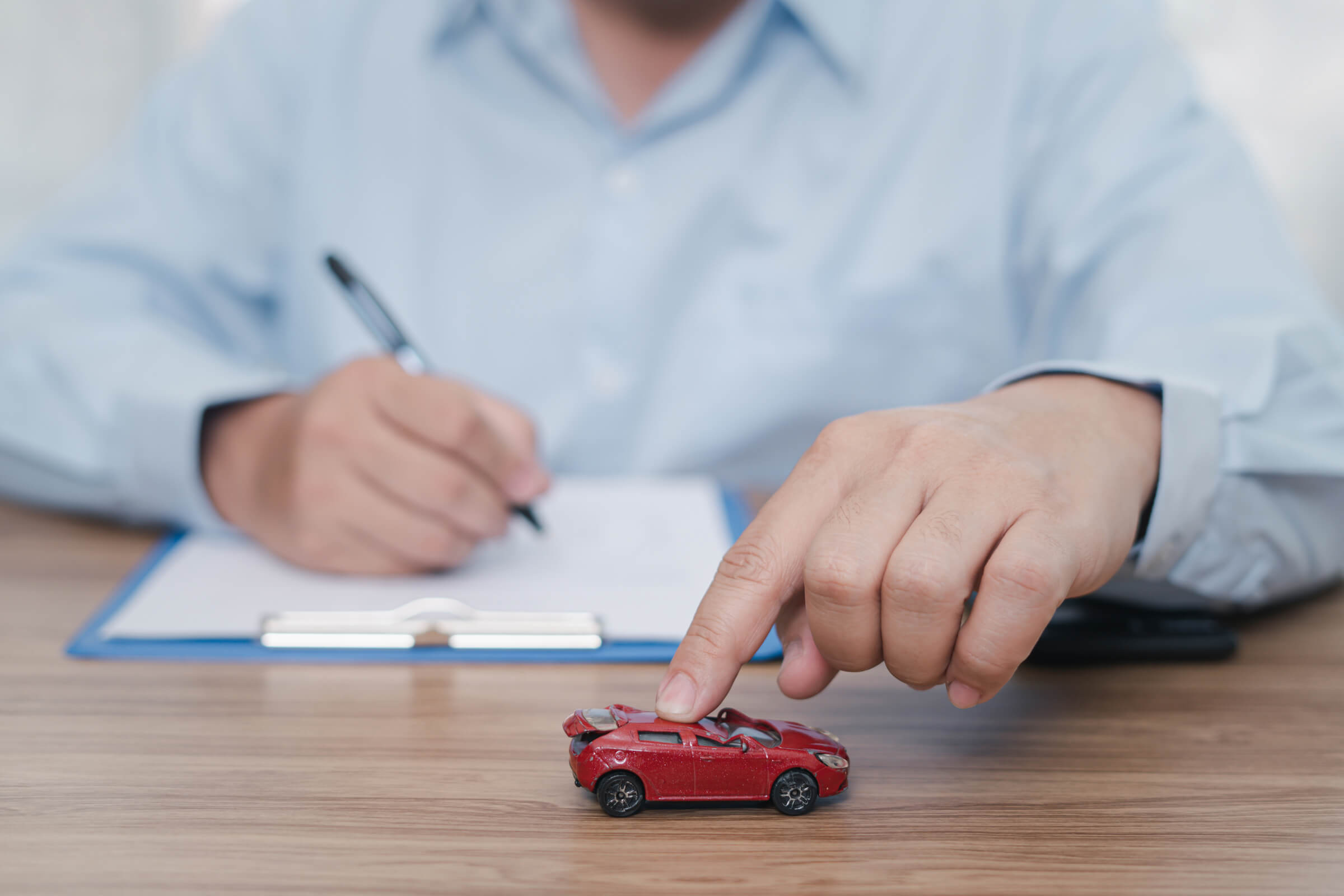
Gap Insurance: What It Is, and When You Actually Need It

by Maddi Butler
If you've ever financed or leased a car, you've probably heard the term "gap insurance." But what exactly does it cover — and is it something you actually need, or just another add-on you can skip?
Here's the no-fluff breakdown on gap insurance: how it works, when it's worth the cost, and how it can save you from a nasty financial surprise if your car gets totaled.
What Is Gap Insurance?
Gap insurance (short for Guaranteed Asset Protection) covers the difference between what your car is worth and what you still owe on it if it's declared a total loss. Regular auto insurance will only pay out the actual cash value (ACV) of your vehicle at the time of the incident — not what you paid for it or what you still owe.
If you're upside-down on your loan or lease (meaning you owe more than the car's value), gap insurance steps in to pay off that remaining balance.
Here's How It Works
Let's say you bought a new car for $30,000. A year later, it gets totaled in an accident. Your insurance determines the ACV is $22,000. But you still owe $26,000 on the loan.
- Your standard insurance covers $22,000 (minus your deductible).
- Gap insurance pays the $4,000 difference.
- Without gap coverage, you'd be stuck paying that $4,000 out of pocket — for a car you can't even drive anymore.
When You Actually Need It
Gap insurance isn't necessary for everyone. But it's a smart move if:
- You financed a new car with a small down payment (or none at all).
- You have a long-term loan (60+ months), which means slower equity buildup.
- You leased your vehicle. Most lease contracts require gap coverage.
- Your car depreciates quickly. Certain makes and models lose value faster than others.
- You rolled negative equity into your new loan. (e.g. you owed money on your old car and added it to the new one.)
In these situations, you're more likely to owe more than the car's worth — especially in the first 1–3 years.
When You Can Probably Skip It
Gap insurance might not be worth it if:
- You bought your car with a large down payment (20% or more).
- You have a short loan term, and you're building equity quickly.
- Your car has already depreciated heavily, and you're not upside-down on the loan.
- You could afford to cover a gap out of pocket in a worst-case scenario.
Where to Get Gap Insurance (And What It Costs)
You can usually buy gap insurance:
- Through your auto insurer (often the cheapest option).
- Through the dealership or lender (usually more expensive, and sometimes rolled into your loan).
- As part of a lease agreement (often already included).
Cost: Expect to pay around $20 to $40 per year when added to your insurance policy — or a flat fee of $500 to $700 if you buy it through a dealership. If you're going the dealership route, compare with your insurer first. The savings can be big.
The Bottom Line
Gap insurance is one of those things you hope you'll never need — but if your car is totaled early in the loan, it can save you thousands. Take a few minutes to check your loan balance, your car's current value, and your policy details. If you're at risk of being upside-down, gap coverage could be one of the smartest (and cheapest) financial safeguards you can add.
And if you're already shopping for new insurance — or a new car — it's a perfect time to run the numbers. A quick quote check could help you find a better deal and get the extra protection you need.